Expansion of E-commerce Platforms
The rise of e-commerce platforms is transforming the Bread Flour Market by providing consumers with greater access to a variety of flour products. Online shopping has become increasingly popular, allowing consumers to purchase specialty and organic flours that may not be available in local stores. Market analysis suggests that the online grocery segment is expected to grow significantly, with a projected increase of over 15% in the next few years. This shift not only benefits consumers but also enables flour manufacturers to reach a broader audience. As e-commerce continues to expand, the Bread Flour Market is likely to experience enhanced sales channels and increased competition among suppliers.
Growing Popularity of Home Baking
The Bread Flour Market is experiencing a resurgence in home baking, fueled by a growing interest in culinary activities among consumers. This trend has been amplified by social media platforms showcasing baking recipes and techniques, encouraging individuals to experiment with bread-making at home. Market data indicates that sales of bread flour have increased as more people seek to create artisanal bread and baked goods in their kitchens. This shift towards home baking not only boosts demand for various types of flour but also fosters a deeper appreciation for quality ingredients. As this trend continues, the Bread Flour Market is likely to benefit from sustained consumer interest in home baking.
Increasing Demand for Gluten-Free Products
The Bread Flour Market is witnessing a notable shift towards gluten-free alternatives, driven by rising health awareness among consumers. As more individuals adopt gluten-free diets due to celiac disease or gluten sensitivity, the demand for gluten-free bread flour is expected to surge. Market data indicates that the gluten-free segment is projected to grow at a compound annual growth rate of approximately 9% over the next five years. This trend not only reflects changing dietary preferences but also highlights the need for flour manufacturers to innovate and diversify their product offerings. Consequently, the Bread Flour Market is likely to see an influx of gluten-free flour options, catering to this expanding consumer base.
Rising Interest in Organic and Non-GMO Products
The Bread Flour Market is witnessing a significant increase in consumer preference for organic and non-GMO products. As awareness of food sourcing and production practices grows, more consumers are seeking out flour options that align with their values. Market Research Future indicates that the organic flour segment is expected to grow at a rate of approximately 7% annually over the next few years. This trend is prompting flour manufacturers to invest in organic farming practices and certification processes to meet consumer demand. Consequently, the Bread Flour Market is likely to see a diversification of product lines, with an emphasis on organic and non-GMO offerings to cater to this conscientious consumer base.
Technological Advancements in Milling Processes
Technological innovations in milling processes are significantly impacting the Bread Flour Market. Advanced milling techniques enhance the quality and consistency of flour, which is crucial for both commercial and artisanal bakers. The introduction of high-efficiency milling equipment allows for better extraction rates and improved flour characteristics. Furthermore, the integration of automation and digital technologies in production processes is streamlining operations, reducing costs, and increasing output. As a result, flour producers are better positioned to meet the growing demand for high-quality bread flour. This evolution in milling technology is expected to play a pivotal role in shaping the future of the Bread Flour Market.


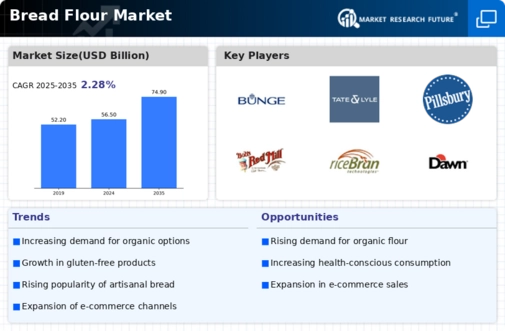
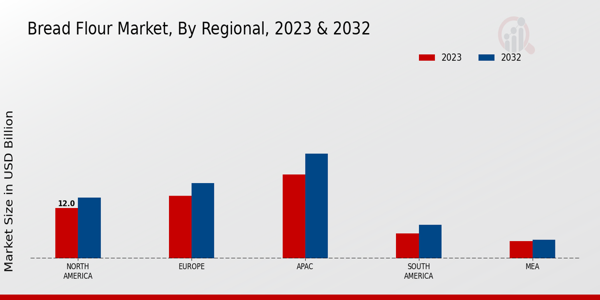

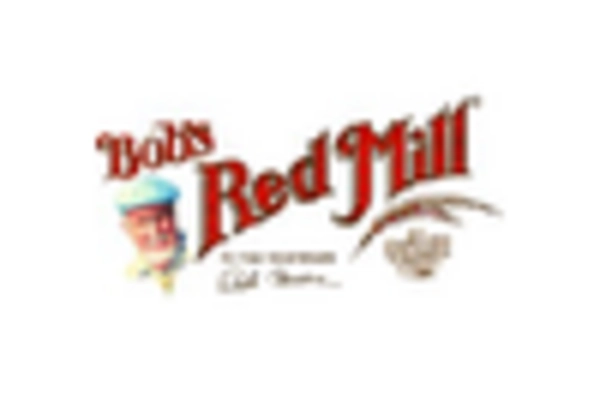


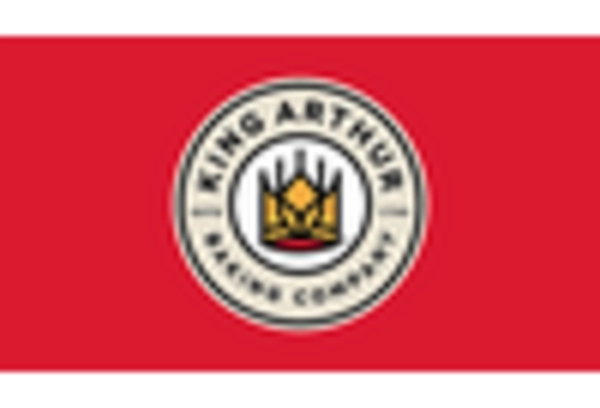
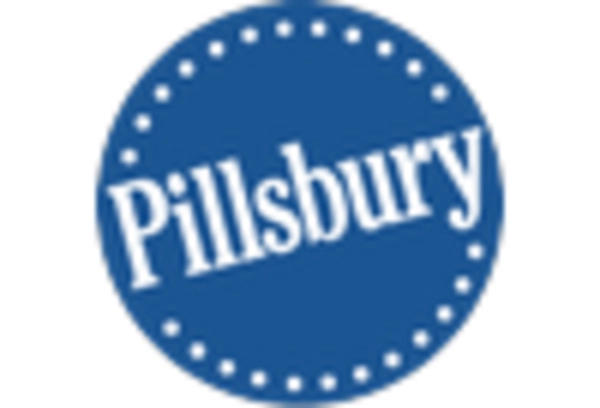








Leave a Comment